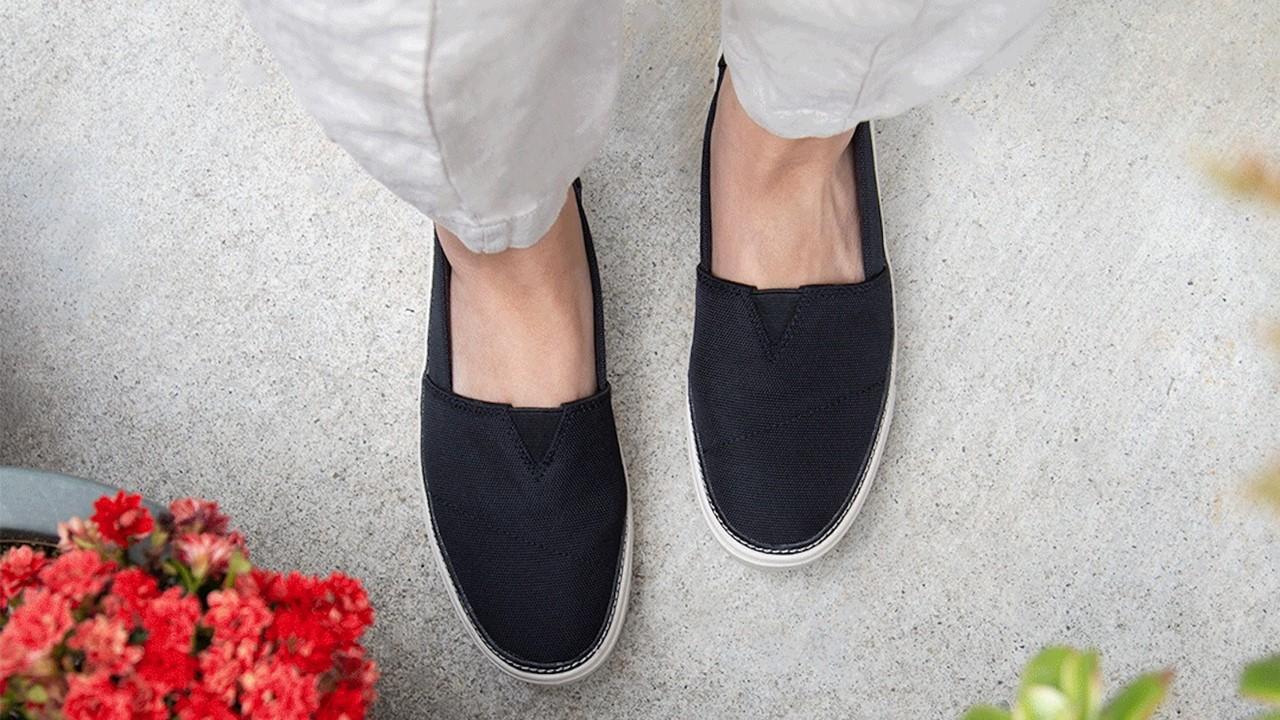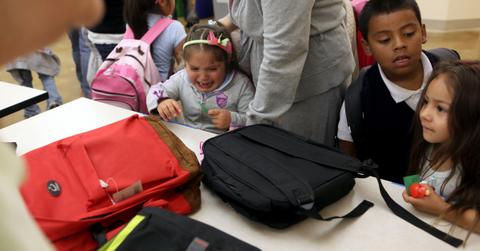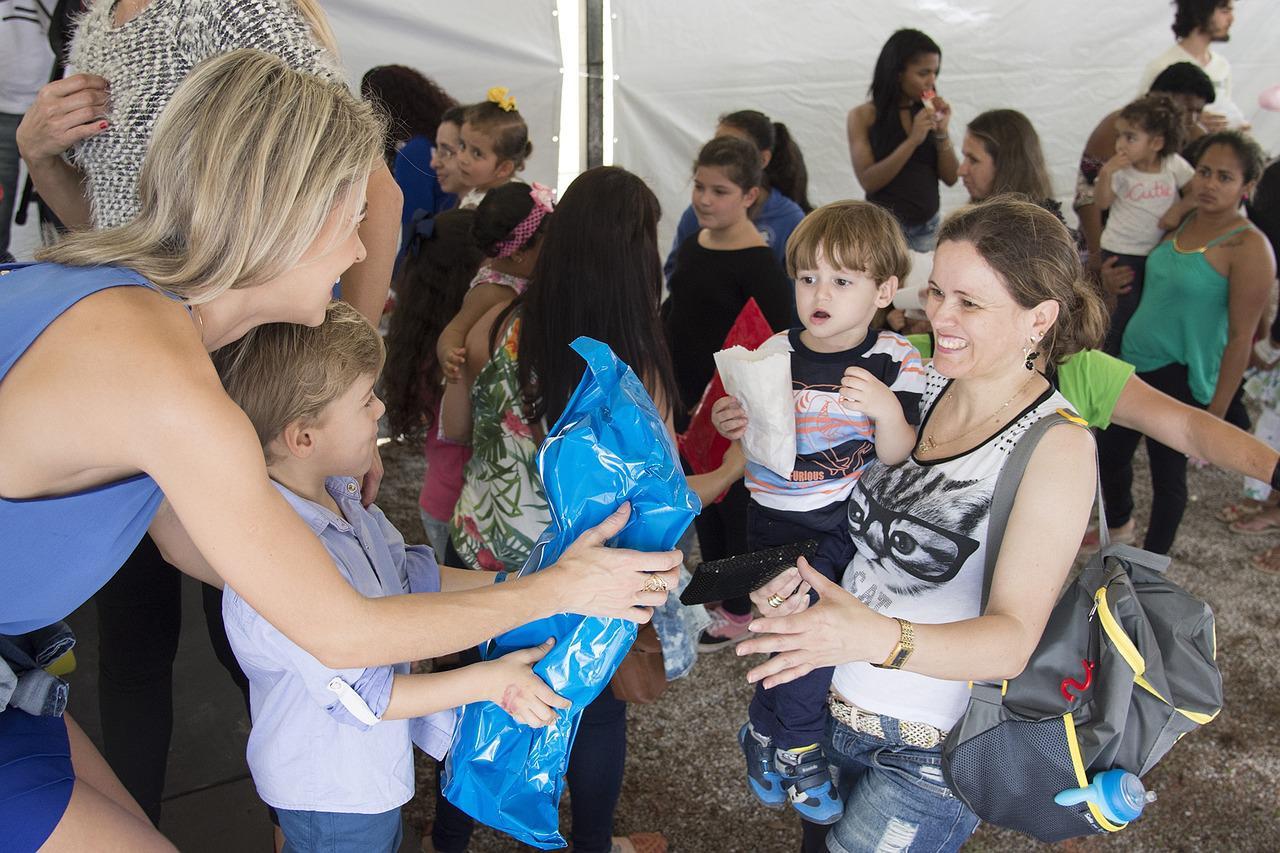One-for-One Business Model Companies: Pros and Cons, Explained
Toms Shoes is credited with popularizing the one-for-one business model. What are some of the examples of one-for-one companies and is the model worth it?
May 3 2022, Published 8:21 a.m. ET
Toms Shoes is credited with popularizing the one-for-one business model. Under the model, which is followed by several other enterprises, the company gives away a similar product to someone in need.
The model has several pros and cons. Even Toms Shoes has evolved its giving program and isn't a one-for-one business model, at least in the strict sense. What are some of the examples of one-for-one companies and is the model worth it?
What is the one-for-one business model all about?
Businesses, especially the larger ones, undertake philanthropic activities in one form or the other. However, one-for-one companies try to institutionalize and formalize the process. They also try to appeal to the inner desire of many people to contribute to society. By buying merchandise from a one-for-one business, a buyer gets the satisfaction of helping someone in need.

Several examples of one-for-one companies
There are several examples of one-for-one companies. These include Bixbee which mainly sells kids' products, Roma Boots, Bombas, BetterWorldBooks, Warby Parker, and Smile Squared. Some of the companies have “evolved” from a one-for-one business. For example, Soapbox donates one soap bar for every product sold.
Toms Shoes also “evolved” from the one-for-one business.
Ironically, Toms Shoes, which pioneered the one-for-one business, has evolved its giving program. In 2021, the company launched its “evolved Giving Model” under which it did away with the one-for-one business model. Instead, the company said that it would give away a third of its profits for “grassroots good.” Toms Shoes said, “Through cash grants and deep partnership with community organizations, we are already seeing incredible results in communities.”
There are cons of a one-for-one business model.
Toms Shoes' decision to shift from a one-for-one business also highlighted some of the issues with the business model. Many argue that instead of donated products, a lot of people would be better served with cash or other targeted charities. Also, giving away a pair of shoes or a bar of soap might not help address the deep-rooted problems in some underdeveloped countries.
Simply put, giving away products for free isn't the best approach to fighting global hunger and poverty. The one-for-one business model doesn't help end poverty in a structural way and instead creates a sense of dependency. Also, freebies haven't proven to be a good model to eradicate structural problems.
The one-for-one business model has advantages too.
However, while the one-for-one business model might have its share of cons, it has advantages too. From a business’s perspective, it can create brand loyalty because customers might prefer brands that follow a one-for-one business model. Also, the business can provide some tangible benefits to the needy.
Many see one-for-one-one business as a marketing ploy.
Deborah Small, a professor of marketing and psychology at Wharton, believes that a one-for-one business model is a good marketing strategy. According to Small, “It's easier to connect to a person than to an abstract action. So, if a company is giving 10 percent for research, it’s hard to feel passionate about that. But if you are putting glasses on a poor child’s face, there is a very direct connection. It’s psychologically a smart strategy to connect one donor to one recipient.”
There are also concerns over how one-for-one business can negatively impact local businesses in undeveloped countries. Wharton cited a 2008 study by Garth Frazer in The Economic Journal which concluded that textile donations to Africa were a major contributor to the decline in the domestic textile industry between 1981 and 2000.


